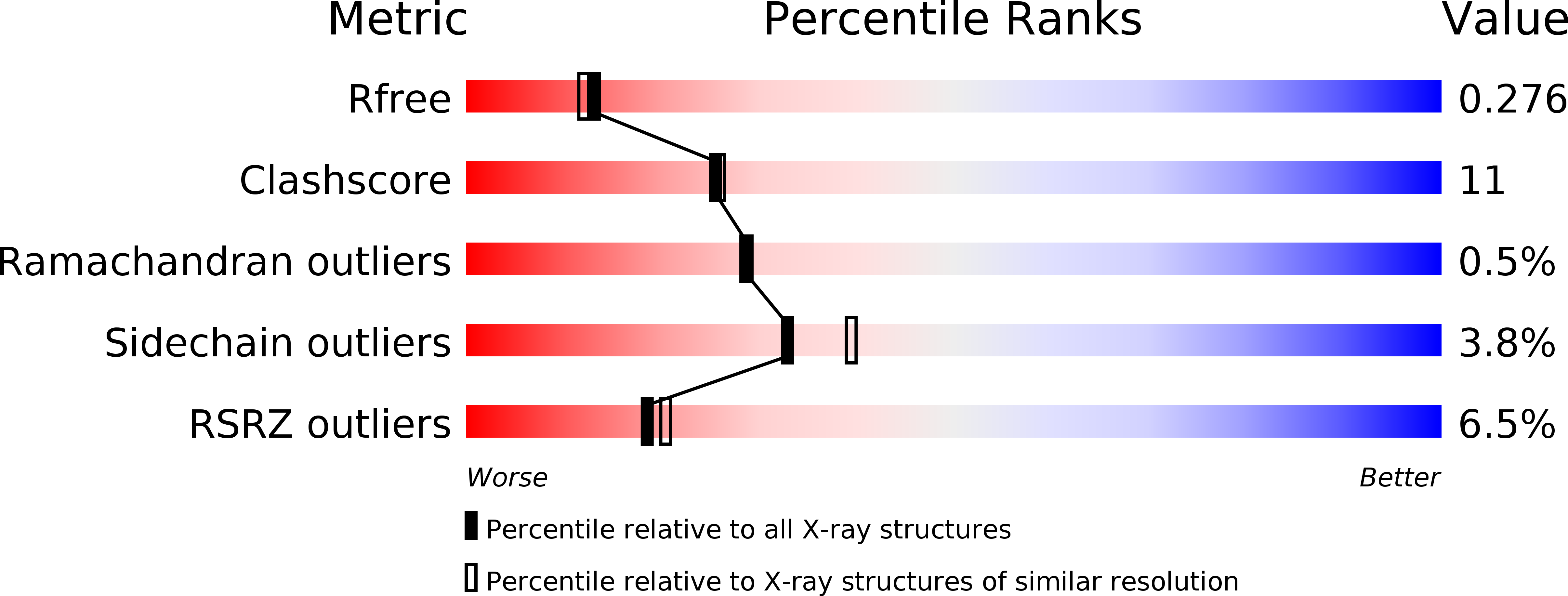
Deposition Date
2008-11-13
Release Date
2008-11-25
Last Version Date
2023-09-06
Entry Detail
PDB ID:
3F9I
Keywords:
Title:
Crystal structure of 3-ketoacyl-(acyl-carrier-protein) reductase Rickettsia prowazekii
Biological Source:
Source Organism:
Rickettsia prowazekii (Taxon ID: 782)
Host Organism:
Method Details:
Experimental Method:
Resolution:
2.25 Å
R-Value Free:
0.27
R-Value Work:
0.21
R-Value Observed:
0.21
Space Group:
P 41 21 2


